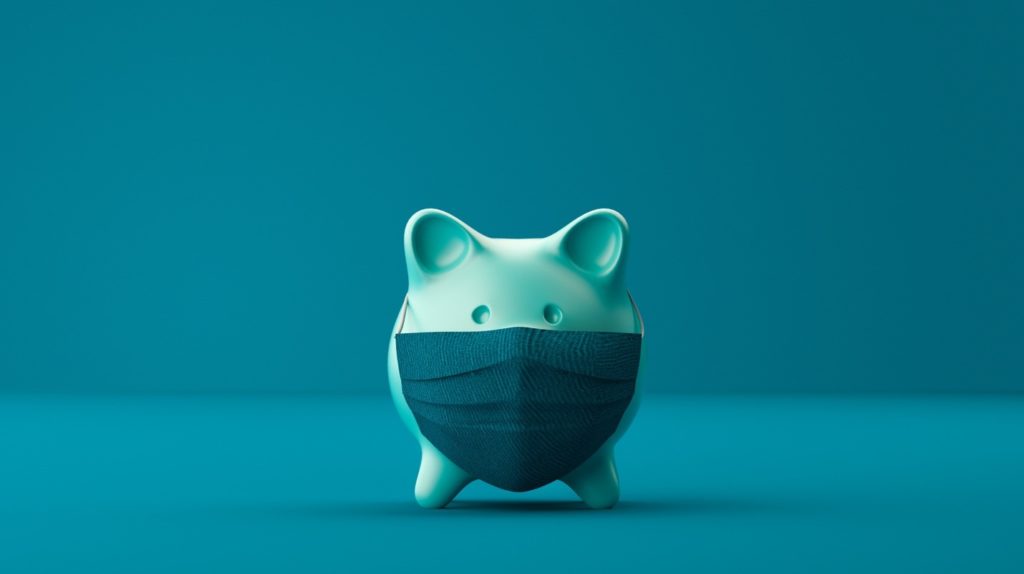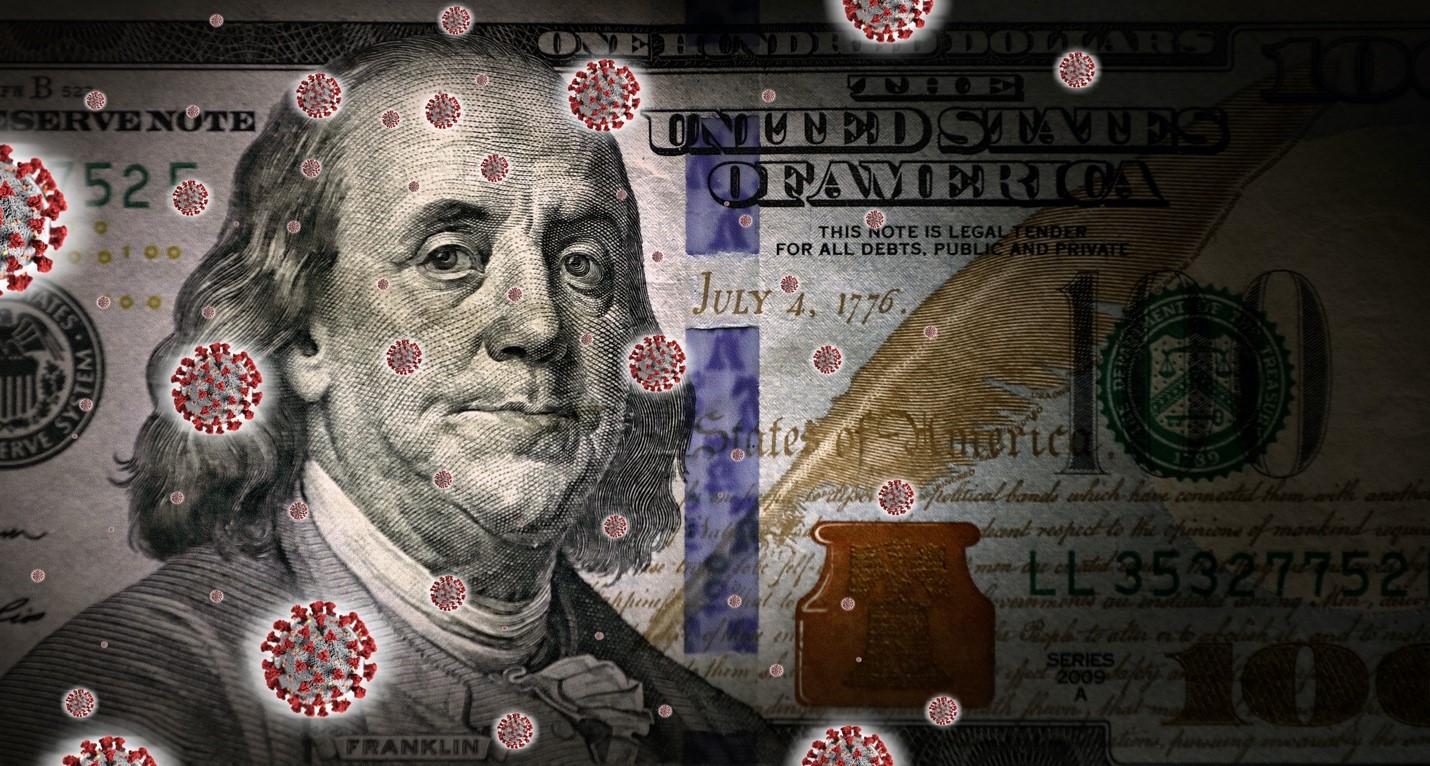What will the post-COVID economic scene look like? What will be the best way to invest money when the economy starts to recover and where to invest money to get good returns? With America’s economic future subject to so many variables, investors must consider all likely scenarios when planning potential investment strategies.
The difficulty of accurately predicting what the recovery will look like or when, for that matter, the recession is likely to morph into a recovery, means that investors must be constantly monitoring the situation and poised to change strategies at relatively short notice. This, however, contradicts standard advice of investing for reliable, long-term gain, and pushes one towards highly liquid investments instead. A challenging enigma.
A recent (late May 2020) article in Forbes, references three scenarios, described by UBS CIO Mark Haefele, for investors to consider as the economy begins to recover from the pandemic. Unfortunately, Haefele’s ‘best case’ scenario, was based on the premise of an economic recovery in June, and with no second wave or further lockdowns. Sadly, six weeks later, more than half of the 50 states have scaled back on their reopening plans or put other restrictive measures in place due to a surge in coronavirus numbers. In light of this, the ‘best case’ scenario as detailed in late May is already unrealistic; leaving us with a choice of Haefele’s ‘base case’ scenario or his ‘downside case’ scenario. The most optimistic outlook, at present, therefore, would be his ‘base case’ scenario. This scenario assumes that states continue to reopen their economies during the summer, and that economic growth in the US returns to pre-COVID levels by the end of 2020. However, despite a recent bounce back, unemployment remains 10% above normal rates, and with the likelihood of fiscal stimulus programs expiring shortly, the latter part of this ‘base case’ assumption still looks a tad optimistic. In fact, a return to pre-crisis growth levels by the end of 2021 might be more realistic.
While we remain hopeful that Haefele’s ‘base case’ scenario will prove correct, it would be negligent to hope for the best while failing to prepare for the worst. The ‘downside case’ scenario assumes: a continued economic downturn, increased unemployment, a decline in the stock market with increased volatility, and increased debt defaulting and bankruptcies, both personal and corporate. While the markets have indeed shown an initial bounce back, the remaining factors in this scenario are unfortunately still possible. Hopefully not but we would be foolish to ignore the possibility.

The ‘downside case’ scenario – buy gold
In this ‘worst case’ scenario, investment strategies traditionally recommended during recessions apply – alternative investments such as precious metals, for example. As a hedge against inflation, gold has traditionally been the go-to investment during economic downturns. This is borne out by the fact that billionaires are currently dumping equities and rushing to buy gold, which recently broke through $1,800 an ounce. Gold has the advantage of enjoying high liquidity, especially when compared with more traditional investments such as real estate. That said, the drawback, again compared with real estate or equities, is that the benefits of gold lie in providing a hedge against inflation, with potential for further increases in value. But gold bars do not accrue interest, pay dividends, or provide rental income.
Should the ‘downside case’ happen, investors need to remain extremely vigilant for changes in the market. Difficult times often provide profitable opportunities, if investors get the timing right. In this worst-case scenario, advice for investors is:
- Choose companies with good cash flow and a solid performance record – good advice for both beginners and experienced investors. Utilities and consumer staples also may be seen as safe bets.
- Avoid the higher risk of highly leveraged, cyclical or speculative investments
Historically, the markets recover well ahead of the economy, and indeed there is already evidence of this, so investors must ensure they do not leave it too late to jump in while assets are discounted. Small cap stocks and high yield bonds are both considered good, safe choices. Diversity – as always – is key, as is playing the long game; significant gains can take several years to be realized, but timing is crucial for investors poised to enter the market

The ‘base case’ scenario – six areas to consider
On a more optimistic note, even if we accept that a return to a pre-COVID level economy by December 2020 seems less likely, we do at least see states reopening their economies this
summer, and despite many needing to pause and scale back right now, the trend will likely continue, even if it does so at a slightly slower pace.
Mark Haefele’s six investment recommendations in this scenario all demonstrated increased investor interest before the pandemic and most have only gained in attraction, as a result of the current global health crisis:
- The credit market (including high yield markets)
- Healthcare
- Automation (warehouse automation, robotics, self-drive cars, and smart cities)
- Cybersecurity
- E-commerce
- Sustainable investments
- The credit market
Put simply, the credit market is the sale of debt to investors, who then earn interest payments, and often capital gains also, on their medium- to long-term investment. The credit market encompasses a wide range of investments, including more traditional investments such as government bonds, but also alternative investments, including those that have considerably less liquidity than ‘inflation-proof’ precious metals; real estate, for example. Despite its relative illiquidity, real estate has always proved its worth in the long term. The credit market also includes high yield markets where the risk factor, and therefore the interest rates charged on loans and mortgages, are higher. If the risk is deemed acceptable, then the investor can realize very substantial returns. Such markets include private mortgages and notes, perhaps for commercial real estate investment.
- Healthcare
Investment in the healthcare sector could include pharmaceuticals – imagine the lucky investor who has bought shares in the company that first produces a safe, effective COVID-19 vaccine – but also companies manufacturing PPE and other medical equipment, along with ancillary healthcare services.
- Automation
With AI, robotics, and self-drive cars already attracting investor interest, the pandemic has triggered an accelerated demand for automation. The overwhelming increase – in just a few months – in online shopping, automation in warehouses for established online giants such as Amazon, and the demand for contactless services in the fields of banking, legal services, and real estate, highlight just a few areas that are experiencing a sudden uptick in demand.
- Cybersecurity
Cybersecurity has become big business in recent years with many companies offering more and more sophisticated security options. At the time of writing, this is an area that has recently become headline news due to alleged attempts by Russia to steal vaccine research from the UK, US, and Canada
- E-commerce
An area that was well established before the pandemic, e-commerce has mushroomed following COVID-19 lockdowns as the temporary closure of physical stores caused a huge growth in online shopping that looks likely to continue. However, e-commerce has been well established for years and refers to any business model that uses the Internet as a marketplace; there is little that cannot be purchased electronically today, from plane tickets through to houses and investments.
- Sustainable investments
There has been a surge of interest in sustainable and socially responsible investing, not only in ‘green’ projects and alternative energy but also in ethical investments as the current crisis has increased awareness of many areas of inequality and appalling work conditions. It’s important to know how to invest money wisely as an investor and sustainable investments are a huge part of that.
Recommendations moving forward
UBS makes special mention of three particular market sectors, among those mentioned above, that it sees as poised for growth in the wake of the pandemic, focusing on particular trends that have seen a huge uptick during the current crisis:
- Food, particularly growth in plant-based dietary options and food delivery services.
- Healthtech, with particular growth in virtual appointments and telehealth.
- Automation, with ongoing increase in warehouse automation and online shopping.
While it is still too early to tell which scenario is the most likely; those looking for the best way to invest money, as the nation’s economy enters the recovery stage, must keep an eagle eye on what is happening with the virus, how successful reopening is, and how the market is reacting. In uncertain times, the onus is on personal investors to monitor the situation and adjust their investment strategy accordingly.
[1]Zack Friedman, How to invest in a COVID recovery
[2]https://www.thewealthadvisor.com/article/how-invest-covid-recovery

